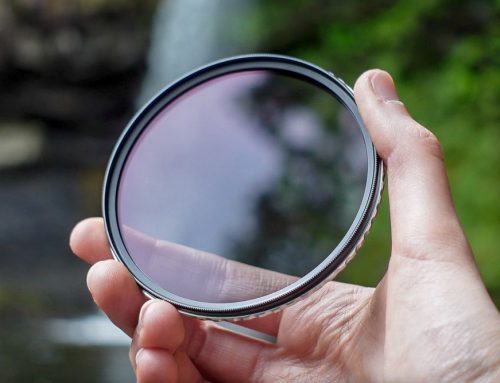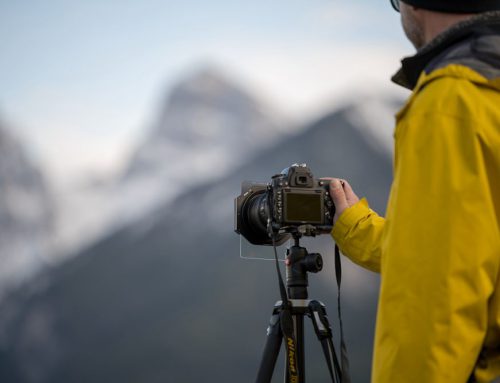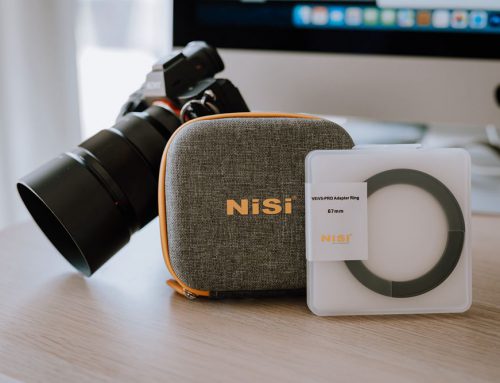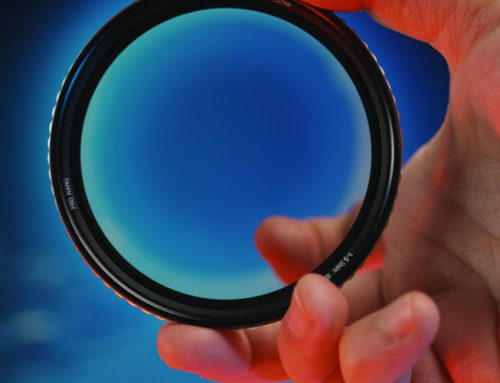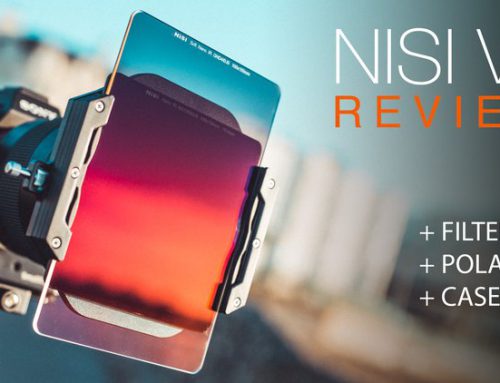Author : Christian Hoiberg
There’s no doubt that long exposure photography has grown to become one of the most popular techniques in landscape photography. I’m personally a big fan as well, which shows on the collection of images I’ve captured during the past years.
Neutral Density Filters are an essential tool if you want to succeed with long exposure photography. It’s these filters that make it possible to achieve minute-long exposure times, even during broad daylight.
But how do you choose the best filter for your images? Which filter should you use in different situations? How do you know what’s the right shutter speed?
Before we dive into the various ND Filters I want to point out that I don’t believe there’s one correct shutter speed or filter. Each scene is different and all photographers have different opinions and visions. What is important, however, is to learn and understand how different shutter speeds and filters will impact a scene.
‘Quick’ Long Exposures: 3-Stop ND Filter
The first category of long exposures we’ll look at are those who use the quickest shutter speeds. Now, technically, these shutter speeds are still slow as you can’t get a sharp handheld image when using them but for the sake of simplicity I’ll refer to them as quick long exposures.
To achieve these shutter speeds we typically use a 3-Stop ND Filter. This filter won’t have a huge impact during daytime but it can make a big difference during the Golden Hours and twilight hours.
The 3-Stop ND Filter is a relatively bright filter compared to the 6-Stop and 10-Stop but it also one of my favorites, especially for seascape and waterfall photography.
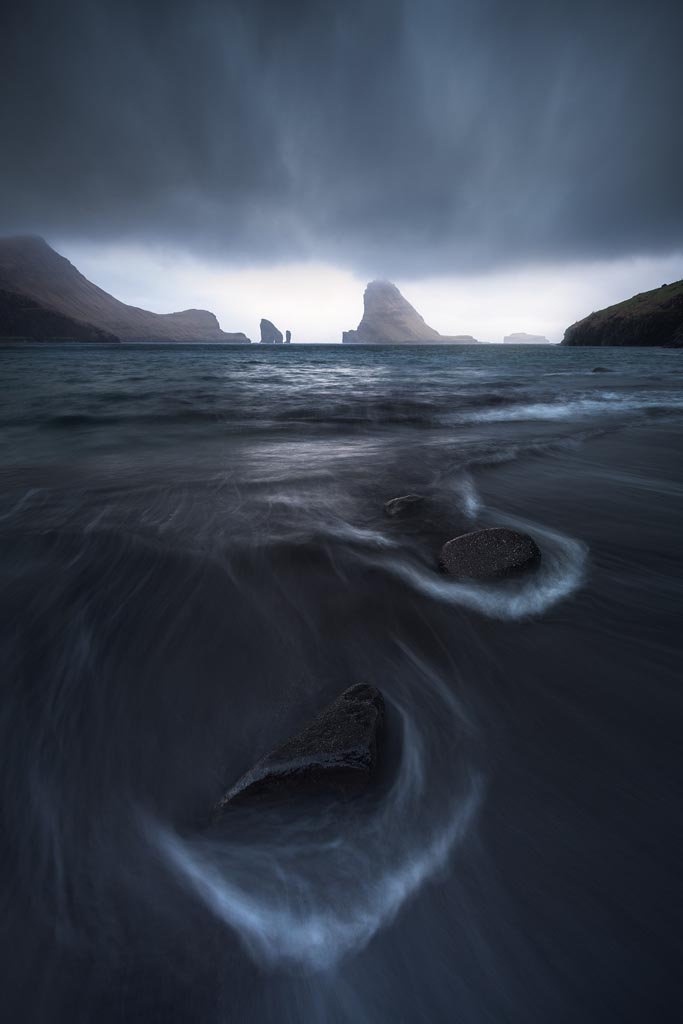 With NiSi 3 Stops ND Filter
With NiSi 3 Stops ND Filter
The image above was captured on a dark and moody evening in the Faroe Islands. When approaching the scene I knew that I wanted to keep textures in the water and emphasize the effect of the water receding around the foreground rocks. To keep texture while creating motion I knew that I needed a slow shutter speed but not too slow. Had I used a 6-Stop or 10-Stop ND Filter instead, the water would be too smooth and the receding waves wouldn’t have the same impact; they’d simply blur out.
Without a filter, however, the shutter speed would be too quick to capture the receding waves and the image would turn out rather boring.
That’s why I chose the 3-Stop ND Filter. A filter that allowed me to slow down the shutter speed just enough to create the desired effect.
Medium Long Exposures: 6-Stop ND Filter
A 6-Stop ND Filter allows you to increase the exposure time by six stops (equal to 64 times). In other words, it can make a huge difference, especially when used during hours with low light.
This is enough to completely blur water and create some motion in the sky but, typically, it won’t result in a shutter speed of several minutes.
The image below is an example of when I’ve used a 6-Stop ND Filter to lengthen the exposure time and create a soft feel.
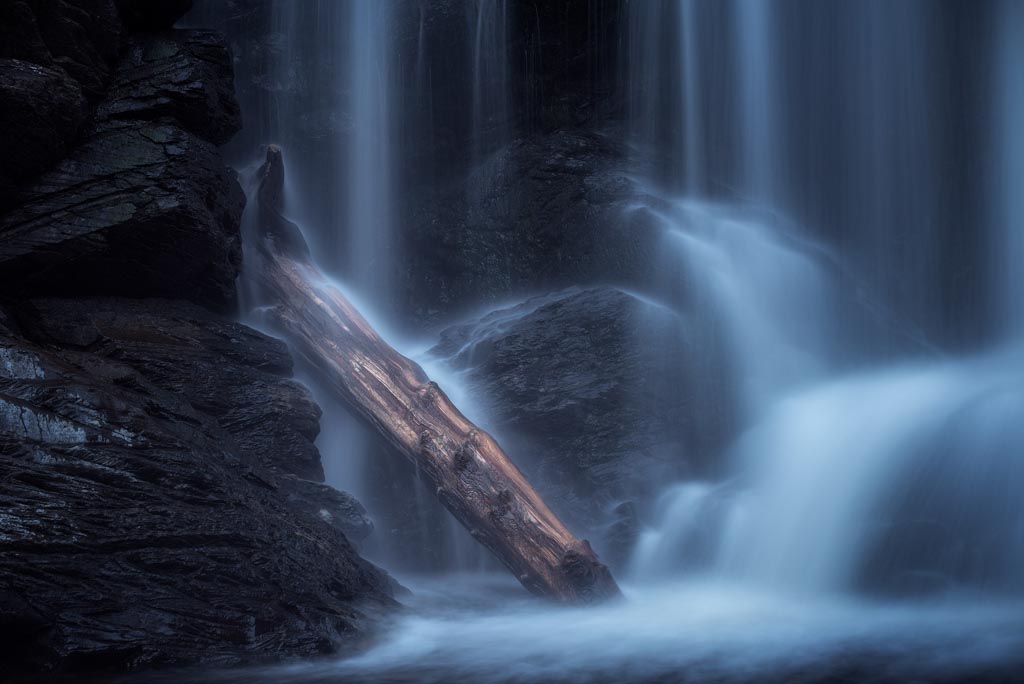
With NiSi 6 Stops ND Filter
In this case, a 10-Stop ND filter would also have done a good job but I fear that the water would’ve become too blurry when extending the shutter speed to a couple minutes. A 3-Stop ND Filter, on the other hand, would have resulted in a too short shutter speed and the water would have too much texture for what I was aiming for.
Ultra Long Exposures: 10-Stop ND Filter
When I first started with Long Exposure Photography, the 10-Stop ND Filter was my absolute favorite. In fact, it’s because of this filter my interest in using slow shutter speeds sparked.
The reason it’s such a popular filter is thanks to the extremely visual effect it creates right away. You don’t need to be an expert in order to create a compelling image with it. Yes, there are darker filters such as a 16 or 20-Stop but it’s often the 10-Stop that people connect to Long Exposure Photography.
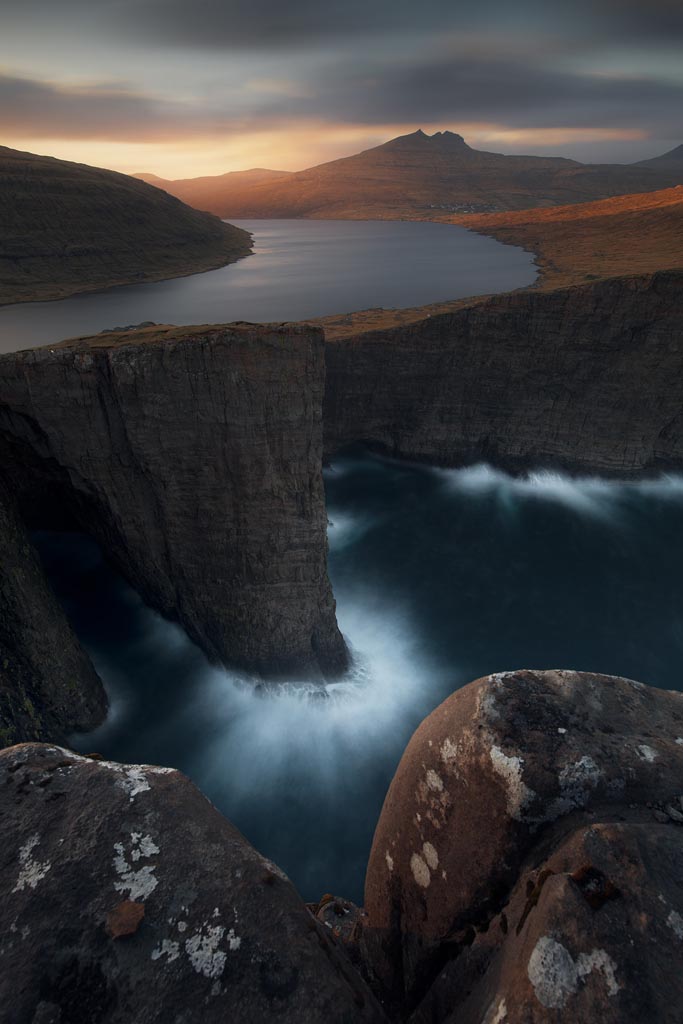 With NiSi 10 Stops ND Filter
With NiSi 10 Stops ND Filter
Above is a typical example of how a 10-Stop ND Filter can create an almost otherworldly effect to an image. The filter allowed me to use a shutter speed of 121 seconds, resulting in the sky and water becoming blurry and surreal.
Using a 10-Stop filter requires a bit more patience and planning compared to the other filters we’ve looked at. Since we’re placing a more or less black piece of glass in front of the lens, there are several steps we first need to follow, such as pre-focusing and calculating an accurate exposure time.
That being said, it’s also the filter that gives the most impressive look straight out of the camera.
Selecting the Right Filter to Use
I started this article by mentioning that there isn’t one correct filter to use and it’s something worth repeating. In photography there isn’t a right or wrong, it depends on what you as the artist want to communicate.
It’s more important that you learn the differences between the filters and understand in which situations you should use them. Are you aiming for a super long shutter speed? Then the 10-stop or a darker filter is ideal. Do you want a shorter shutter speed? Then a 3-Stop might be better.
By using filters you’ll become more used to choosing the right one in the field. You’ll soon learn how to look at a scene and know what you want to capture, and how to do it.
Final Thoughts
A reason that I love Long Exposure Photography and the use of Neutral Density Filters is because of the endless opportunities they introduce you to. Suddenly, the world of photography becomes so much bigger and gives you many more creative elements to work with.

